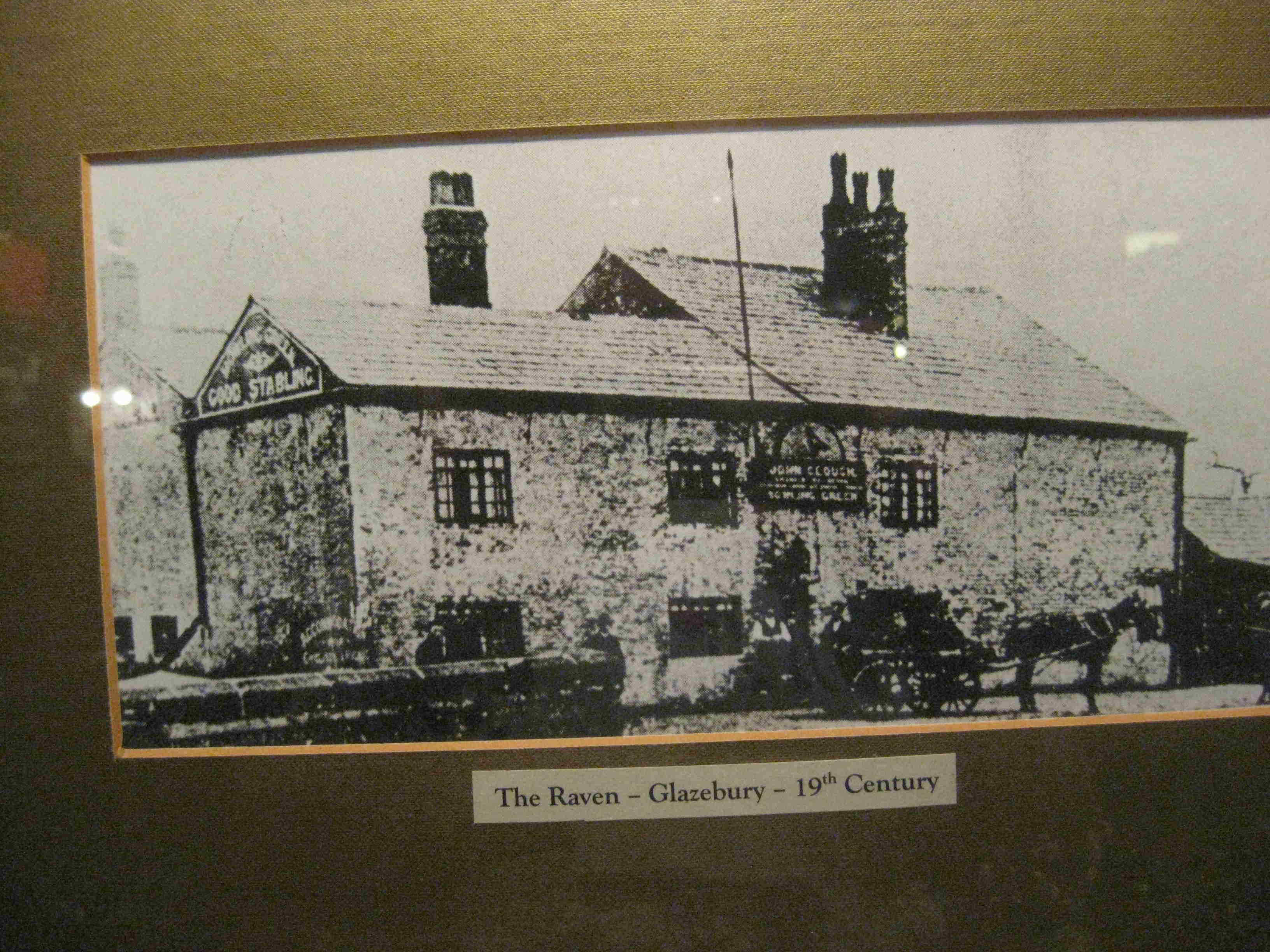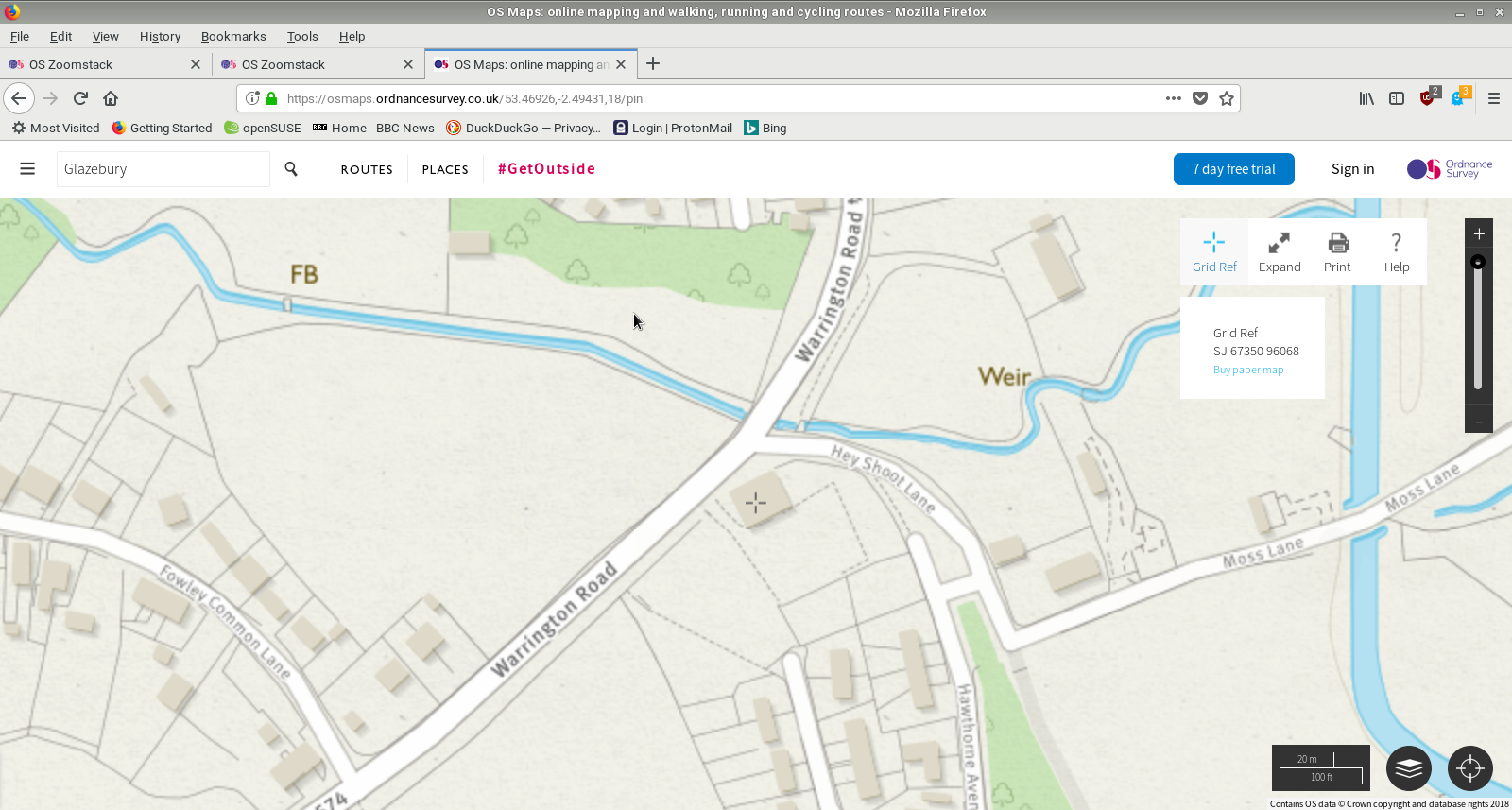The Raven Inn
Planning Application Warrington Borough Council
Application Number: Planning Application 2019/34186
You may comment by searching for this number on link:
https://www.warrington.gov.uk/forms/form/227/en/comment_on_a_planning_application
Revision Note: as at 2019-02-28 the "Culcheth Life", monthly issue 192 March 2019, indicates that plans will be revised.
Link below:
Campaigners want community use
The Warrington Guardian has also writen about this
link:
https://www.warringtonguardian.co.uk/news/17387673.the-fight-is-on-residents-ready-for-raven-inn-planning-battle/
The WireFM has reported on iT.
Link
https://www.wirefm.com/news/local/fight-to-save-historic-warrington-pub/
Warrington Worldwide has also reported on this.
Link
https://www.warrington-worldwide.co.uk/2019/01/22/anger-over-plan-to-demolish-historic-village-inn/

The Raven Inn circa 2013. Image by Zoe Chaddock, copyright Zoe Chaddock.
Our members have given a brief detail of its history.
History of The Raven copyright Zoe Chaddock.
The Raven Inn: said to date from 1562.
The two photographs depict the Raven in the early 20th century.
Photo 1 taken when John Clough was landlord (1902 to at least 1911). Photo 2 is circa 1926.
It is one of Culcheth's oldest surviving buildings.
1825 Baines Directory and Gazetteer
Raven
Thos. Partington
1841 census
Raven between Bury Lane and Wards End
Thomas Partington 60 Publican
Mary 60
Joseph 20
Thomas 20
Mary Daniels 25 FS
1851 census
Bury Lane
Thomas Partington 72 Victualler/Farmer of 6 acres
Mary 71
Joseph 35
Thomas 33
+2 others
1854 Mannex & Co Lancashire Directory
George Daniels, Raven
1858 Post Office Directory
Raven Inn, Bury Lane
George Daniels
1861 census
Raven Bridge
George Daniels 45 Inn Keeper
Ann 28
Amelia 4mo
1864 directory
Raven inn, Bury Lane
George Daniels
1865 Slaters Directory of Lancashire Pt1
George Daniels, Raven & Sword, Bury Lane, Culcheth
1869 Slaters Trade Directory of Lancashire Pt2
George Daniels, Raven & Sword, Bury Lane, Culcheth
1871 census
The Raven
George Daniels 56 Publican
Ann 38
Amelia 10
Mary 8
William G 4
Monica 2
Denis 3mo
Leigh Div – List of licensed victuallers (Culcheth)
John Rigby / Raven / Culcheth / 30th Nov 1872 / Rat value £27
1876 Warrington, Wigan & St. Helens Directory (Inns & Pubs)
Raven, John Rigby, Bury Lane
6 December 1880 Manchester Evening News Publican attacked at Raven Inn.
1881 census
Raven Inn
John Rigby 53 Licensed victualler
Alice 51
Sarah 19
James 12
Alice 8
1885 Postal Directory Bedford-Leigh
John Rigby, licensed victualler, Raven Inn, Glazebury
1891 census
Raven Inn , Warrington Road
John Rigby wid 65 Publican
James son 22
Alice dau 18 Bar maid
End of Zoe Chaddock's history of The Raven Inn

Raven Circa 1910 from photo inside pub taken some years ago by CLHG member.
Location map. Courtesy of and by permission of The Ordinane Survey.

The Raven Inn, marked by + on OS map SJ67350 96068.By permissionof Ordinance Survey.
A brief outline has been published by Philip Jeffs
Brief story.
The Raven Inn, Glazebury
Local tradition places the date of the Raven’s construction to 1562, when it is said to have been built as part of the Holcroft family’s estate in the area. The raven, after which the pub is named, is taken from the coat of arms of the Holcroft family. The Holcroft’s lands centred around their two seats, Holcroft Hall and Hurst Hall, between which the Raven Inn can be found.
During the Edwardian era Interest in the history of the site saw the building given a mock-timber cladding to “better reflect its antiquity”. The inn’s sign was repainted by the Reverend Whittenbury Kaye of Newchurch to show a truer reflection of the raven on the Holcroft coat of arms. This made the inn somewhat of a national oddity in having a sign painted by the local vicar.
Kaye’s complaint against the older sign was that it showed a raven holding a dagger standing on the body of a dead soldier. Local myth was that during a skirmish between Scottish troops and Parliamentarians towards the end of the Civil War a raven had carried a sword from the body of a soldier into the inn. This was said to be some omen the meaning of which is now long forgotten. The original sign was said to represent that mystical raven. Kaye pointed out that the raven holding a dagger was actually an ancient emblem of the Holcroft family and predated the Civil War. As such he repainted the sign to remove the dead soldier.
Whilst the raven part of the story may not have survived into modern times, stories of the battle have. Generations of locals have passed on the story of Scottish soldiers fleeing the Battle of Worcester and finding Warrington Bridge held by their opponents. The Scots were then forced to cross the Mersey by the ferry at Hollins Green, skirting around the unpassable Chatt Moss via Glazebrook and Glazebury. A skirmish, we are told, broke out as they passed the Raven.
The Reverend Kaye in his book on Colonel Blood records that ‘As late as 1879 relics of the skirmish were found. On widening the road leading from Culcheth to Leigh near the Raven Inn, a mound in an adjoining field was removed, in which were found bones and rusted weapons’. The burying of troops where they fell was a common practice during the civil war.
The noted historian George Ormerod confirms in his ‘Civil War Tracts’, written in 1844, that the Scottish troops did cross at Hollins Green when fleeing north in 1651.
The Holcroft family, for whom the pub is named, achieved notoriety for their involvement in the dissolution of the monasteries under Henry VIII, their support for Cromwell’s forces during the Civil War, and the marriage of Maria Holcroft to Colonel Blood at Newchurch, Culcheth in 1638. Colonel Blood is, of course, best remembered for his attempt to steal the crown jewels, but that is another story for another day.
The Raven Inn has lent its name to the nearby Raven Bridge and to an early school in the village, shown on the tithe map of 1838, named appropriately the Raven School.
According to Warrington’s Local Plan of 2014, the Raven is a locally listed building, but is not yet nationally listed.
Pevsner in his “Buildings of England” states that directly beneath the mock-timbers of the pub are double pile brick walls dating from the early 1700s. Traces of the building’s earlier phases may be found within those brick walls or within the beams and roof timbers.
Surveys would have to be carried out to confirm the age of the building, and archaeological digs to confirm the presence of any battle remains. So where the boundaries lie between truth and folklore with the Raven Inn may never be fully discovered, but what is undeniable is that the building remains a symbol of the area’s history and a reminder of a time when tradition was passed down through generations of locals by the art of story-telling.
End of Philip Jeff's brief notes.

